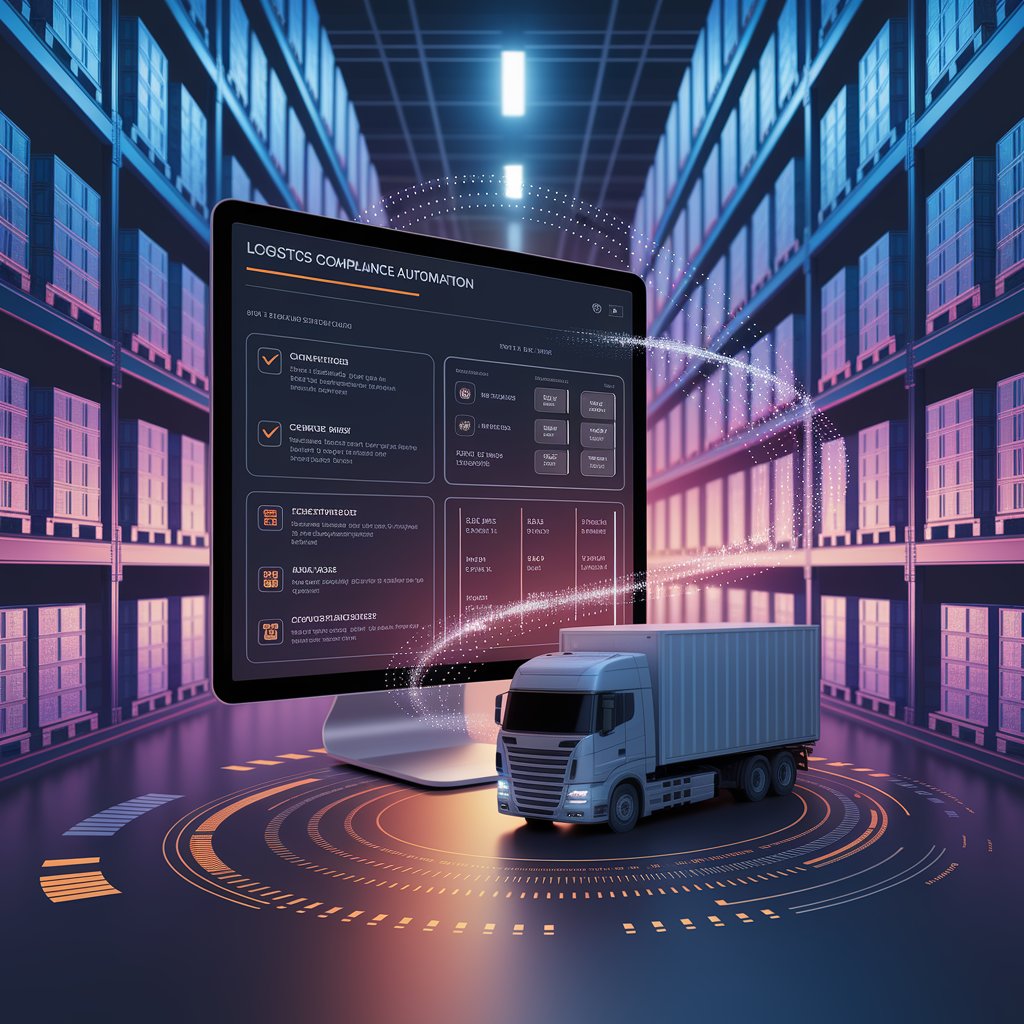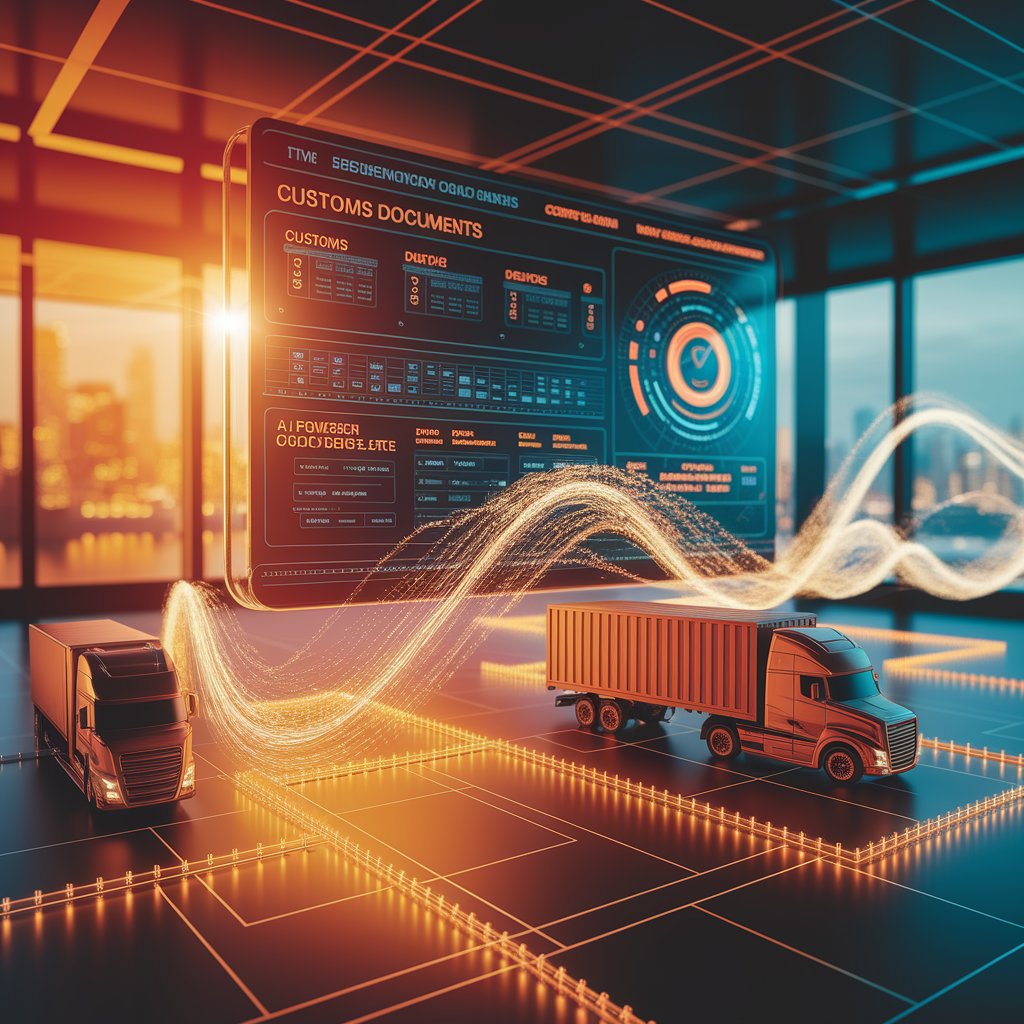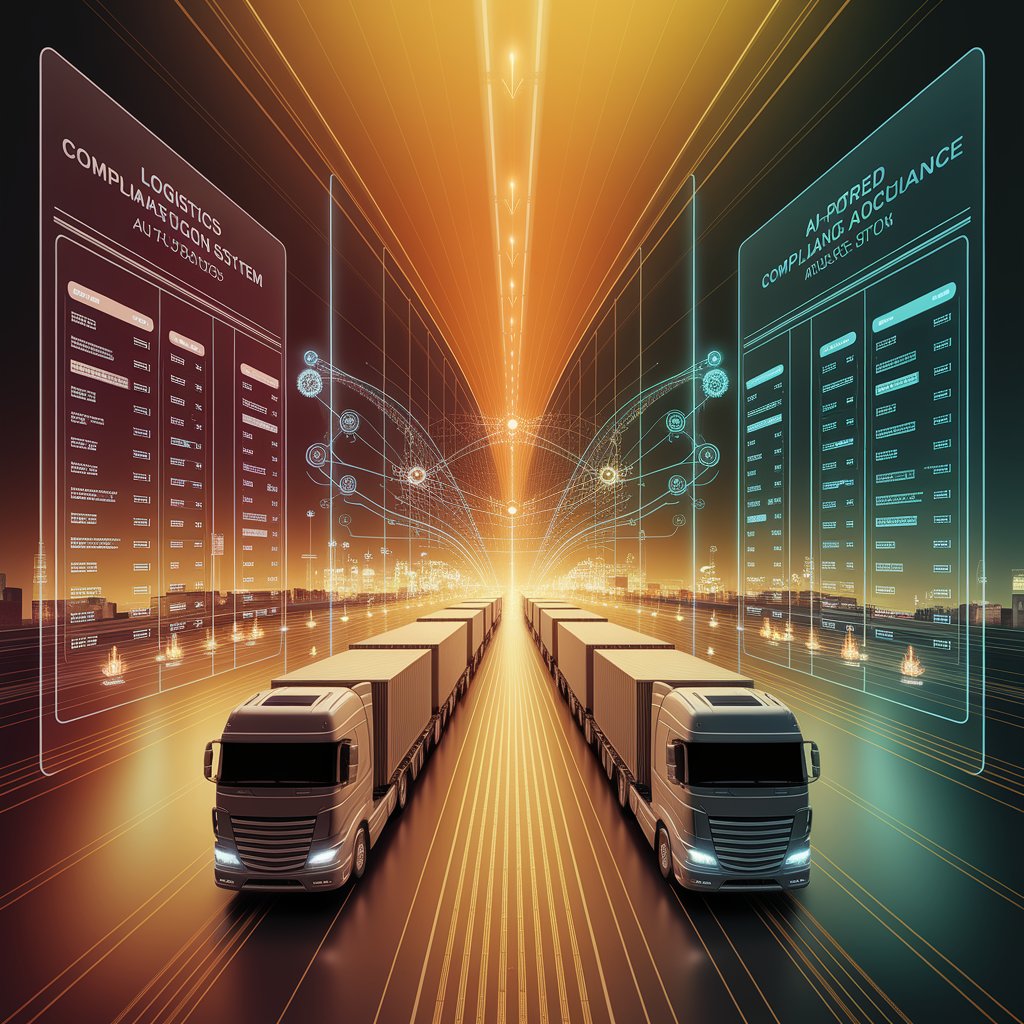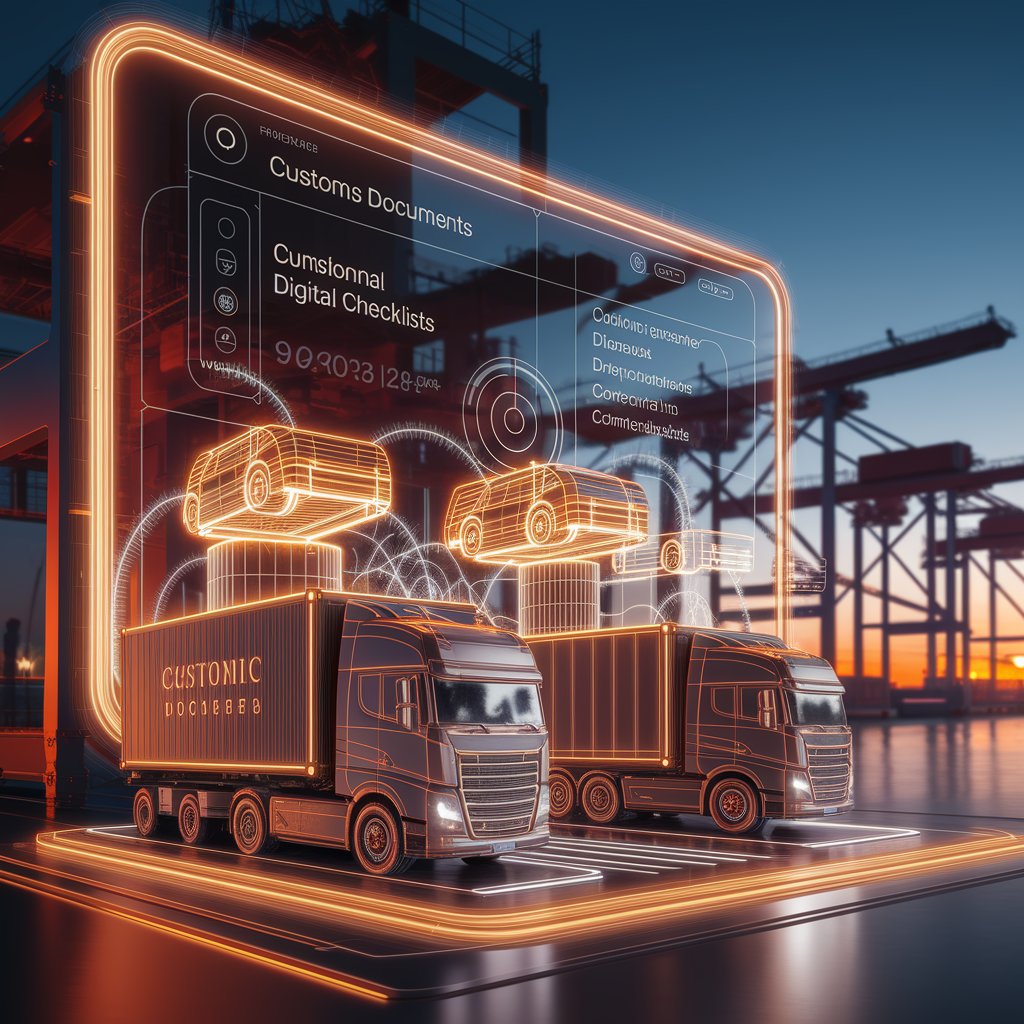Logistics Compliance Automation: Building Smarter, Safer Supply Chains

Introduction
The solution? Logistics compliance automation. By digitizing compliance workflows, businesses can ensure accuracy, speed, and transparency—reducing risks while improving operational efficiency.
What Is Logistics Compliance Automation?
Logistics compliance automation refers to the use of digital platforms, AI, and workflow automation to manage and enforce regulatory compliance across global supply chains. Instead of handling complex trade laws and customs requirements manually, companies can rely on automated checks, integrated databases, and real-time validation.
Automation ensures that every shipment, document, and transaction meets the necessary legal and regulatory standards before moving forward.

Key Features of Logistics Compliance Automation
- Automated Customs Documentation – Generate and validate import/export paperwork instantly.
- Sanctions & Restricted Party Screening – Real-time checks against global trade blacklists.
- Regulatory Rule Engines – Apply country-specific rules automatically to shipments.
- Audit Trails – Maintain transparent records for inspections and compliance reviews.
- Integration with ERP & TMS – Seamless flow of compliance data into core logistics systems.
- Alerts & Notifications – Immediate flags for missing documents or regulatory conflicts.
Benefits of Compliance Automation 📈
- Risk Reduction – Prevent fines, penalties, and shipment holds.
- Speed & Efficiency – Automated document validation reduces delays at borders.
- Cost Savings – Fewer manual errors mean lower administrative expenses.
- Consistency – Standardized processes ensure every shipment follows the same rules.
- Global Scalability – Handle multiple regions and regulations without extra overhead.
- Improved Customer Trust – Reliable compliance builds confidence with partners and clients.

Real-World Applications
- Freight Forwarders – Automate export filings and reduce compliance bottlenecks.
- Carriers – Ensure fleet operations meet safety, emissions, and customs standards.
- 3PLs & 4PLs – Provide compliance as part of value-added services.
- E-commerce Logistics – Automate product classification (HS codes) for international shipping.
- Pharma & Food Logistics – Track and validate shipments requiring strict regulatory oversight.
Challenges in Implementing Compliance Automation
- Complex Regulations – Constantly changing trade rules across jurisdictions.
- High Implementation Costs – Advanced compliance platforms require upfront investment.
- Integration Issues – Connecting automation tools with legacy ERP or customs systems.
- Data Accuracy – Automated compliance depends on clean, reliable input data.
- Cybersecurity Risks – Sensitive trade and customer data must remain protected.

Best Practices for Logistics Compliance Automation
- Map Current Compliance Workflows – Identify repetitive manual tasks to automate first.
- Start with High-Risk Areas – Focus on customs filings and trade sanctions.
- Choose Scalable Platforms – Ensure the system adapts to multiple regions and regulations.
- Integrate with Core Systems – Connect compliance automation with ERP, WMS, and TMS.
- Regularly Update Rule Engines – Keep systems aligned with evolving global trade rules.
- Train Teams on Exceptions – Automation covers most cases, but staff must handle anomalies.
Future of Logistics Compliance Automation
The next generation of compliance automation will be powered by:
- AI-Powered Regulatory Updates – Systems that auto-learn and adapt to new rules.
- Blockchain Integration – Tamper-proof compliance records shared securely across networks.
- Digital Twins for Compliance – Simulating regulatory impact before shipments are executed.
- Cross-Border Data Hubs – Unified compliance databases connecting governments and businesses.
- Sustainability Compliance – Automated checks for carbon reporting and green regulations.
Conclusion
Logistics compliance automation is reshaping how companies handle global trade. By replacing manual paperwork with AI-driven platforms, businesses can reduce risk, speed up operations, and build more resilient supply chains.
In a world where regulatory complexity keeps increasing, compliance automation is not just a cost saver—it’s a strategic advantage. Companies that adopt it today will be better prepared for tomorrow’s challenges in global logistics.
